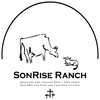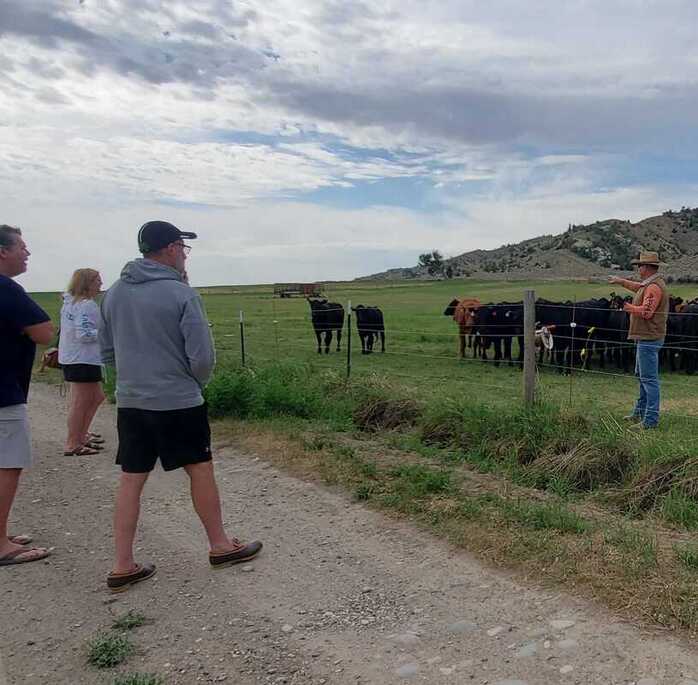The utter outpouring of support from each of you regarding the previous blog about our grant proposal has been amazing. I cannot express how humbled I am that you would take time to support us in this... Thank you.
We received support letters, lots of encouraging words and so much good will that I just do not have words for how I feel. I am honored to have so many of you choose our little family ranch for you needs, and to gather such a large tribe of well-wishers and cheer-leaders to our side of the equation.
You really are fellow lunatics and must be crazy enough to believe we can change the system - good on 'ya. We are so happy to be linked with you.
I will keep you informed.
You know how theses things go... a long period of silence will follow as the gears of government bureaucracy grind away. Hopefully, the will award this grant to someone who can really make a difference and not fill the endless pockets of Tyson, or Cargill.
Stay tuned.
In the meantime, please accept our heartfelt thanks.
Doug and team


 RSS Feed
RSS Feed